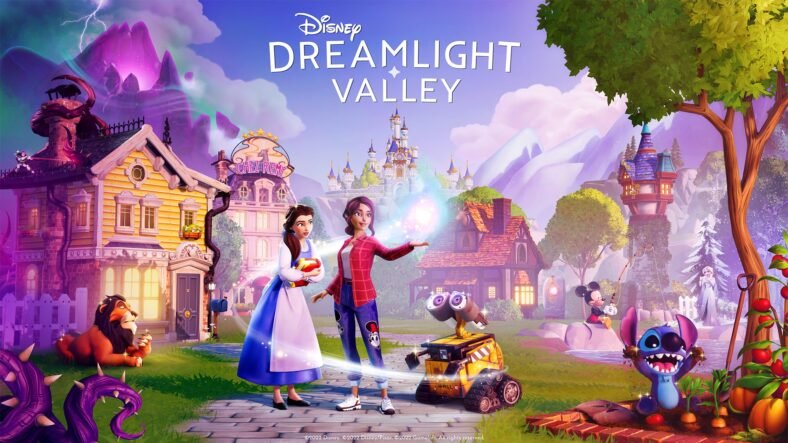
New details regarding AMD’s raytracing support for the upcoming Radeon RX 6000 series GPU have surfaced and it gives us some insight on what to expect from the RX 6000 series graphics cards in terms of raytracing performance. The details were discussed by AdoredTV which included an official statement from AMD Marketing as well.
AMD has clarified that the Radeon RX 6000 RDNA 2 graphics cards will feature full raytracing support in gaming titles that use industry-based standards which currently are Microsoft’s DXR and Vulkan RT APIs. AMD Marketing has said that:
AMD will support all ray tracing titles using industry-based standards, including the Microsoft DXR API and the upcoming Vulkan raytracing API. Games making of use of proprietary raytracing APIs and extensions will not be supported.
From the statement, it is clear that AMD will allow full raytracing support in games that are based on Microsoft’s DXR and Vulkan Raytracing APIs and the majority of the games that have Ray tracing in them use these 2 APIs. Major game engines such as Frostbite, Unreal, Seed & Unity are based on Microsoft’s DXR APIs.
While Vulkan has also implemented its Raytracing API in Id tech’s new game engine for the next-gen titles. However, they are currently supported for RTX GPUs but surely it will change once the cards are available in the market.
It is currently unknown when developers who have their games based on industry-standard APIs for raytracing will enable raytracing support for AMD’s Radeon RX 6000 RDNA 2 graphics cards. There may also be a difference between the implementation of the raytracing of AMD and NVIDIA cards. Currently, the following are the games that are based on Microsoft’s DXR API:
- Battlefield V
- Call of Duty: Modern Warfare
- Control
- Deliver Us The Moon
- Dirt 5
- Fortnite
- Metro Exodus
- Shadow of The Tomb Raider
- Wolfenstein Youngblood
More detailed information on raytracing and AI-based super-resolution is coming next week as it was promised by Frank Azor, AMD’s Chief Architect of Gaming Solutions and Marketing. We will have to wait and see how AMD’s raytracing stacks against NVIDIA’s.










